-
 Bitcoin
Bitcoin $118100
-0.44% -
 Ethereum
Ethereum $3585
5.43% -
 XRP
XRP $3.434
5.65% -
 Tether USDt
Tether USDt $1.000
0.02% -
 BNB
BNB $743.8
3.89% -
 Solana
Solana $178.7
3.84% -
 USDC
USDC $1.000
0.03% -
 Dogecoin
Dogecoin $0.2381
12.81% -
 TRON
TRON $0.3270
3.62% -
 Cardano
Cardano $0.8315
4.93% -
 Hyperliquid
Hyperliquid $44.51
-4.42% -
 Stellar
Stellar $0.4710
1.52% -
 Sui
Sui $3.896
-2.51% -
 Chainlink
Chainlink $18.09
6.98% -
 Hedera
Hedera $0.2681
9.31% -
 Bitcoin Cash
Bitcoin Cash $516.7
4.83% -
 Avalanche
Avalanche $23.95
6.96% -
 Shiba Inu
Shiba Inu $0.00001490
5.67% -
 UNUS SED LEO
UNUS SED LEO $8.966
0.80% -
 Toncoin
Toncoin $3.294
4.39% -
 Litecoin
Litecoin $105.4
4.69% -
 Polkadot
Polkadot $4.356
5.30% -
 Uniswap
Uniswap $10.29
17.25% -
 Monero
Monero $327.9
-3.04% -
 Bitget Token
Bitget Token $4.942
4.33% -
 Ethena USDe
Ethena USDe $1.001
0.08% -
 Pepe
Pepe $0.00001348
2.17% -
 Dai
Dai $1.000
0.02% -
 Aave
Aave $320.8
0.58% -
 Bittensor
Bittensor $411.8
-4.07%
What is the maker-taker fee on KuCoin?
KuCoin's maker-taker fee model rewards liquidity providers with lower fees, encouraging traders to use limit orders and hold KCS for further discounts.
Jul 18, 2025 at 12:42 pm
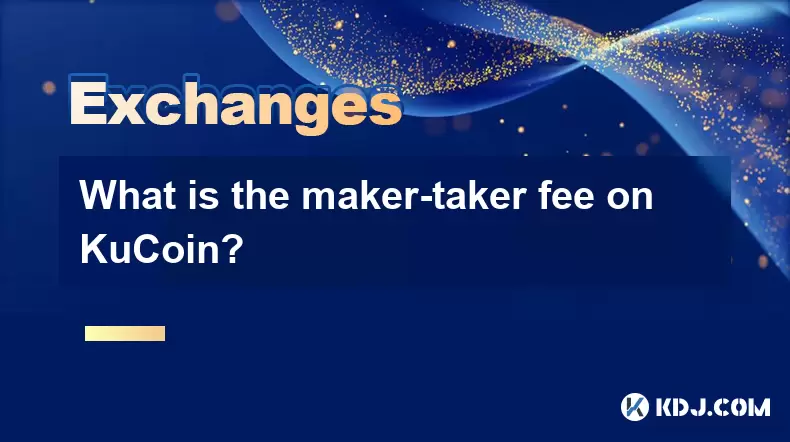
Understanding the Maker-Taker Fee Model
The maker-taker fee model is a pricing structure used by many cryptocurrency exchanges, including KuCoin, to determine how much users pay in trading fees. This system differentiates between two types of traders: makers and takers. A maker is someone who places an order that does not get filled immediately, thereby adding liquidity to the market. A taker is someone who places an order that removes liquidity by matching an existing order.
KuCoin applies different fee rates depending on whether a trade is classified as a maker or taker. Typically, maker fees are lower than taker fees to incentivize users to provide liquidity to the exchange. Understanding this model is crucial for traders who want to minimize transaction costs and optimize their trading strategies.
How KuCoin Classifies Maker and Taker Orders
On KuCoin, the classification of a trade as maker or taker depends on the type of order placed. If you place a limit order that does not immediately match with an existing order, it becomes a maker order. This order sits in the order book until another trader decides to match it. In contrast, if you place a market order or a limit order that gets filled immediately, it is considered a taker order.
KuCoin uses a tiered fee structure based on the user's trading volume and KCS (KuCoin Shares) holdings. The more you trade or hold KCS, the lower your fees become. It is important to note that maker fees are generally lower than taker fees, but the exact percentage depends on your tier level.
Fee Structure on KuCoin for Makers and Takers
KuCoin provides a detailed fee schedule that outlines the maker and taker fees for each trading pair. As of the latest update, the standard taker fee is 0.1%, while the maker fee can be as low as 0.01%, depending on your trading volume and KCS holdings. The fee structure is revised every 30 days, and users can check their current fee tier in the fee center on the KuCoin website.
To benefit from reduced fees, users can hold KCS tokens in their account. The amount of KCS held determines the discount level applied to both maker and taker fees. Additionally, users with higher trading volumes over the past 30 days qualify for better fee tiers. This dynamic system encourages active trading and token holding, which helps maintain liquidity on the platform.
Steps to Check Your Maker-Taker Fee on KuCoin
If you want to check your current maker and taker fees on KuCoin, follow these steps:
- Log in to your KuCoin account and navigate to the top-right corner of the dashboard.
- Click on your profile icon and select "Fee Center" from the dropdown menu.
- In the Fee Center, you will see a breakdown of your trading fees, including maker and taker rates.
- You can also view your KCS holdings and how they affect your fee discounts.
- Review the tiered fee schedule to understand how your trading volume impacts your fee structure.
This feature allows users to monitor and optimize their trading costs in real time. It is especially useful for frequent traders who want to ensure they are getting the best possible rates.
Strategies to Minimize Fees Using the Maker-Taker Model
Traders can use several strategies to reduce their fees on KuCoin by leveraging the maker-taker model. One effective method is to place limit orders instead of market orders whenever possible. By doing so, you act as a liquidity provider and benefit from the lower maker fee rate.
Another strategy is to hold KCS tokens in your account. The more KCS you hold, the greater the discount on your trading fees. Additionally, increasing your 30-day trading volume can help you qualify for lower fee tiers. Some traders also use KuCoin's referral program to earn KCS and reduce their fees over time.
It is also advisable to review the fee schedule regularly, as it changes based on market conditions and your trading activity. Being aware of your current fee tier can help you make more informed trading decisions and reduce overall costs.
Frequently Asked Questions
Q: Can I change my maker-taker fee on KuCoin?
A: Your maker and taker fees are determined by your trading volume and KCS holdings. To lower your fees, you can increase your trading volume or acquire more KCS tokens.
Q: Does KuCoin charge separate maker and taker fees for each trading pair?
A: KuCoin applies the same tiered fee structure across most trading pairs. However, some pairs may have different fee structures due to market conditions or promotions.
Q: How often does KuCoin update the maker-taker fee schedule?
A: KuCoin updates the fee schedule every 30 days based on your trading volume and KCS holdings. You can check your current fee status in the Fee Center on the KuCoin website.
Q: Is it better to be a maker or a taker on KuCoin?
A: Being a maker generally results in lower fees, as you are adding liquidity to the market. However, the choice depends on your trading strategy and whether you prioritize immediate execution or cost efficiency.
Disclaimer:info@kdj.com
The information provided is not trading advice. kdj.com does not assume any responsibility for any investments made based on the information provided in this article. Cryptocurrencies are highly volatile and it is highly recommended that you invest with caution after thorough research!
If you believe that the content used on this website infringes your copyright, please contact us immediately (info@kdj.com) and we will delete it promptly.
- Meme Coin Mania: BONK, FLOKI, and the Quest for Crypto Gold
- 2025-07-19 10:50:12
- Troller Cat Presale Surge: The Meme Coin That's Actually Good?
- 2025-07-19 10:50:12
- XRP Mining for Passive Income: Is It the Next Big Thing?
- 2025-07-19 10:30:12
- Neo Blockchain & ChainGPT: AI Revolutionizing Decentralized Applications
- 2025-07-19 10:35:13
- Altcoins, Ethereum, and SharpLink: A New Era in Crypto Investment?
- 2025-07-19 09:15:12
- Coin Shop Homicide: Guilty Verdict After Decade-Long Wait
- 2025-07-19 08:50:13
Related knowledge

KuCoin mobile app vs desktop
Jul 19,2025 at 08:35am
Overview of KuCoin Mobile App and Desktop PlatformThe KuCoin ecosystem offers both a mobile app and a desktop platform, each designed to cater to diff...
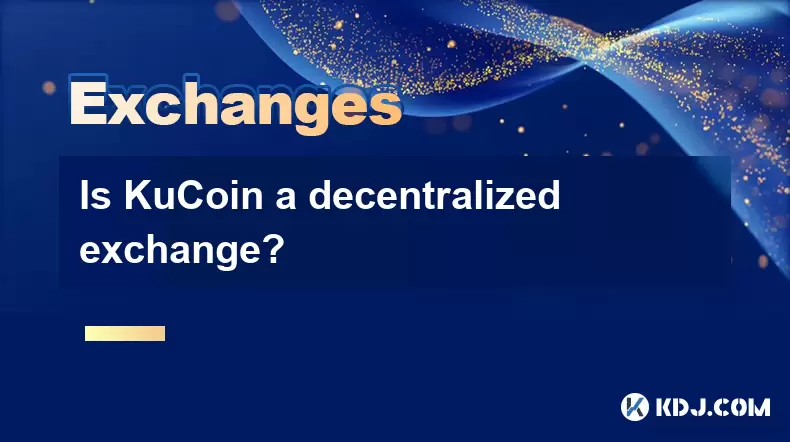
Is KuCoin a decentralized exchange?
Jul 18,2025 at 03:15pm
Understanding Decentralized Exchanges (DEXs)To determine whether KuCoin is a decentralized exchange, it's essential to first understand what defines a...
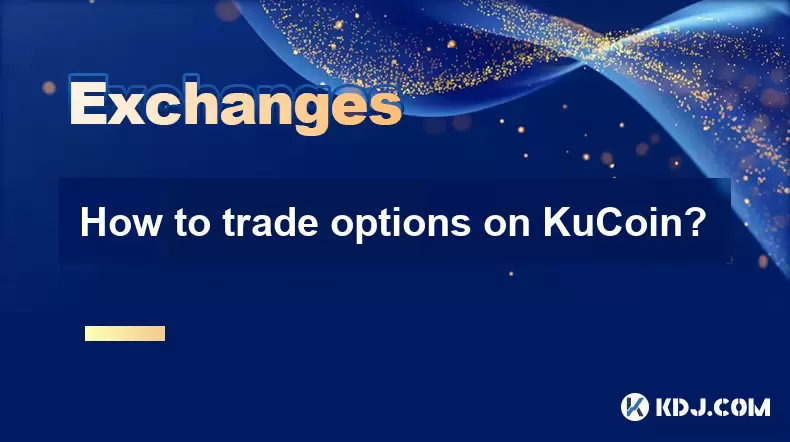
How to trade options on KuCoin?
Jul 19,2025 at 03:42am
Understanding Options Trading on KuCoinOptions trading on KuCoin allows users to speculate on the future price movements of cryptocurrencies without o...
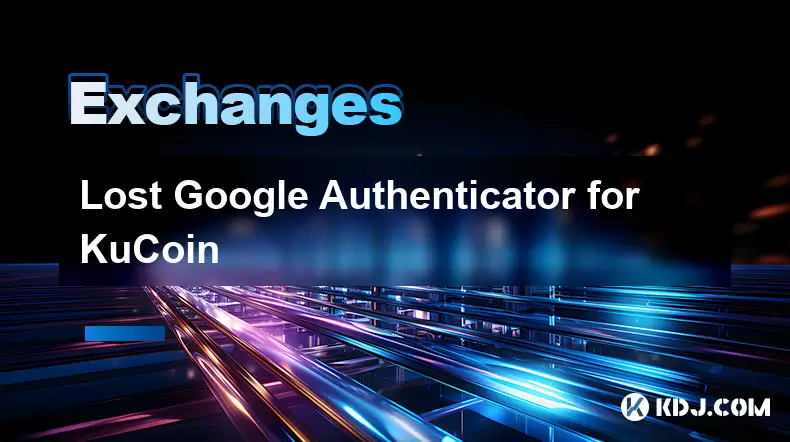
Lost Google Authenticator for KuCoin
Jul 19,2025 at 02:35am
Understanding the Importance of Google Authenticator in KuCoin SecurityGoogle Authenticator is a critical tool used by KuCoin users to enable two-fact...

What is the maker-taker fee on KuCoin?
Jul 18,2025 at 12:42pm
Understanding the Maker-Taker Fee ModelThe maker-taker fee model is a pricing structure used by many cryptocurrency exchanges, including KuCoin, to de...
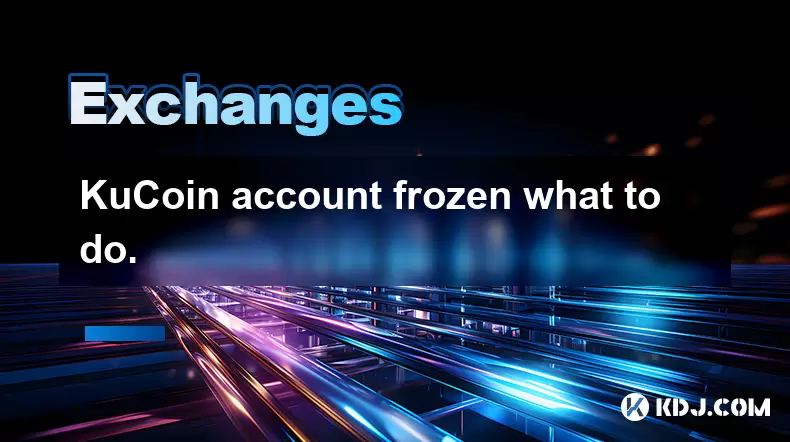
KuCoin account frozen what to do.
Jul 19,2025 at 04:35am
Understanding Why Your KuCoin Account Was FrozenIf you've discovered that your KuCoin account is frozen, the first step is to understand why this has ...

KuCoin mobile app vs desktop
Jul 19,2025 at 08:35am
Overview of KuCoin Mobile App and Desktop PlatformThe KuCoin ecosystem offers both a mobile app and a desktop platform, each designed to cater to diff...

Is KuCoin a decentralized exchange?
Jul 18,2025 at 03:15pm
Understanding Decentralized Exchanges (DEXs)To determine whether KuCoin is a decentralized exchange, it's essential to first understand what defines a...

How to trade options on KuCoin?
Jul 19,2025 at 03:42am
Understanding Options Trading on KuCoinOptions trading on KuCoin allows users to speculate on the future price movements of cryptocurrencies without o...

Lost Google Authenticator for KuCoin
Jul 19,2025 at 02:35am
Understanding the Importance of Google Authenticator in KuCoin SecurityGoogle Authenticator is a critical tool used by KuCoin users to enable two-fact...

What is the maker-taker fee on KuCoin?
Jul 18,2025 at 12:42pm
Understanding the Maker-Taker Fee ModelThe maker-taker fee model is a pricing structure used by many cryptocurrency exchanges, including KuCoin, to de...

KuCoin account frozen what to do.
Jul 19,2025 at 04:35am
Understanding Why Your KuCoin Account Was FrozenIf you've discovered that your KuCoin account is frozen, the first step is to understand why this has ...
See all articles

























































































